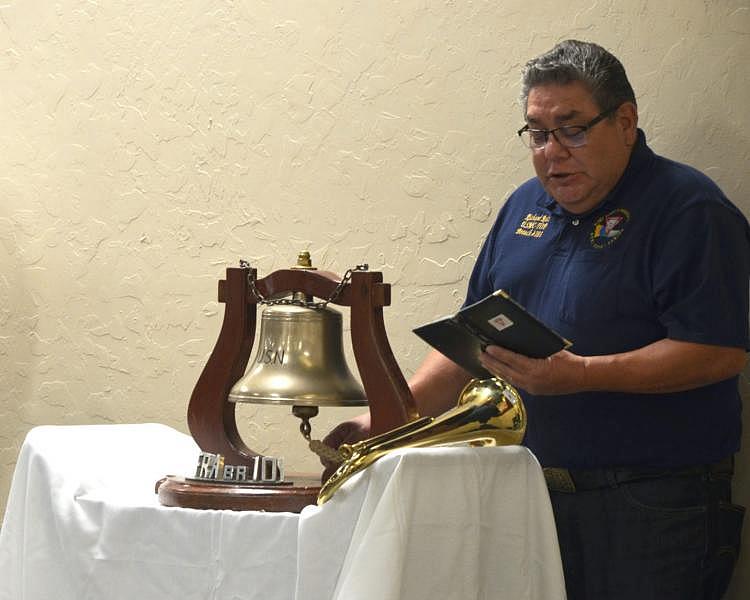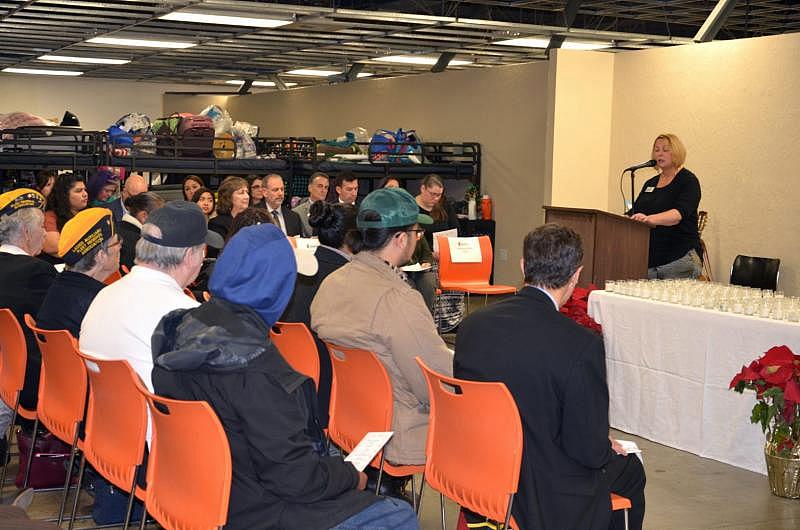Short, hard lives for homeless people in Santa Clara County
This story is the first in a series produced as part of a larger project led by Keith Burbank, a participant in the 2020 California Fellowship. It explores the deaths of homeless people in Santa Clara County — who the victims were, how they died and what might be done to save the lives of people few may remember.
Other stories in this series include:
Part Two: ‘It’s apocalyptic’: Mapping deaths (ZIP code) of homeless people in Santa Clara County

(Photos courtesy of HomeFirst)
Deaths among homeless people in Santa Clara County have risen sharply over the last two decades, surprisingly as the county’s overall homeless population has shrunk.
Between 2000 and 2018, the annual number of homeless deaths rose 350 percent, according to data contained in nearly 20 years of medical records from the county’s medical examiner. Yet, Santa Clara County’s total homeless population shrank by 5 percent in the 14-year period between 2004 and 2018.
The single greatest factor in the surge of deaths appears to be an aging population of homeless people, many of whom are baby boomers, said Dan Flaming, president of the Economic Roundtable, a nonprofit research organization that has studied homelessness.
Homeless people age more quickly and die younger, Flaming said, a conclusion borne out by the Santa Clara County numbers. During that time, the average age at death for a homeless person was 52. In contrast, the current life expectancy for non-homeless adults at birth in Santa Clara County is 81 for men and almost 85 for women, according to the Institute for Health Metrics and Evaluation at the University of Washington.
“It brings tears to my eyes,” said Andrea Urton, CEO of HomeFirst of Santa Clara County, which provides shelter, services and housing opportunities to homeless people and residents at risk of becoming homeless. Urton said she, too, is seeing more homeless who are seniors.
Andrea Urton of HomeFirst of Santa Clara County.
Dr. Aislinn Bird, a psychiatrist for neighboring Alameda County’s Health Care for the Homeless, estimates that homelessness reduces a person’s life expectancy by 20 to 30 years — exactly what the Santa Clara County data show.
The reason homeless people die so young, she said, is the extreme stress of homelessness, including the exposure to more violence.
“It’s so hard living outside,” Bird said.
The deaths in Santa Clara County — attributed to causes that include chronic disease, high rates of suicide, violence and drug overdoses — skew heavily toward men, reflecting the preponderance of males in the homeless population. Of 1,201 homeless people who died from 2000 through 2018, 85 percent were men, according to the county medical examiner.
Drugs and alcohol killed or contributed to the deaths of 450. One hundred and fifty homeless people died directly from drug overdoses, which is 13 times the overall drug-induced death rate in the county. Methamphetamine was a factor of some sort in 158 deaths.
Other illegal drugs such as cocaine and heroin played a part, too. Legal ones such as insulin, oxycodone, bupropion and risperidone, the last two of which are psychiatric drugs, also contributed to the deaths.
Richard Ruiz rang a bell each time a name of one of the homeless people was read during HomeFirst’s memorial service in December in San Jose
Many deaths involved a combination of drugs and other causes.
Maritza Dominguez, a 68-year-old woman, died Christmas Day 2018 at the Regional Medical Center in San Jose from a compilation of factors, including hypothermia, and the ingestion of cocaine and risperidone.
Causes that had nothing to do with substance abuse accounted for the other 751 deaths. Common causes include chronic diseases, such as cardiovascular disease that causes heart attacks and strokes.
Fifty-two homeless people died by suicide, and 46 were killed, respective mortality rates that are five and 15 times of those among the average county population. Cold weather played a role in more than a dozen deaths. At least one death this year has been blamed on the novel coronavirus.
At least six infants were among those who died, as well as a 12-year-old who, the coroner said, likely died inside a car from the heat.
Although Santa Clara County’s homeless population shrank between 2004 and 2018, the county had the most homeless people of any in the Bay Area last year, with 9,706 people lacking a residence, according to the county’s Point-in-Time estimate for the U.S. Department of Housing and Urban Development. Alameda County reported 8,022 homeless people; San Francisco, 8,011; Contra Costa County, 2,295; and San Mateo County, 1,512.
The Santa Clara County deaths, which often occur unremembered and unmourned, take place in a county where the gap between rich and poor is at an historic high, according to Joint Venture Silicon Valley. Thirty-seven percent of households have less than $25,000 in savings, while 13 percent have net assets of more than $1 million, the group found. Santa Clara County residents are, on average, well-educated and earn more than anyone else in the nation. The median salary in this part of Silicon Valley is $135,000 a year, while the average in California is about half of that.
Andrea Urton, the CEO of HomeFirst of Santa Clara County, speaks during a memorial service on Dec. 20, 2019, at the James F. Boccardo Regional Reception Center in San Jose. HomeFirst honored the homeless people who died in the county in the previous 12 months.
Just over half of the people in the county have a bachelor’s degree or better, nearly 20 percentage points higher than the U.S. and the rest of California.
To remind the general community of homeless mortality and to remember the homeless people who died in the previous 12 months, HomeFirst in December held its annual memorial service at the James F. Boccardo Regional Reception Center in San Jose. Scores of people gathered for the ceremony, which Urton said is “very moving for us.”
At the memorial, 161 homeless people were remembered with speakers, music, song, a white flickering candle and the tone of a bell.
* This story was reported with support from the California Fellowship through the USC Annenberg Center for Health Journalism.
[This article was originally published by Local News Matters, Palo Alto Online, the Mountain View Voice and SFGate.com.]

